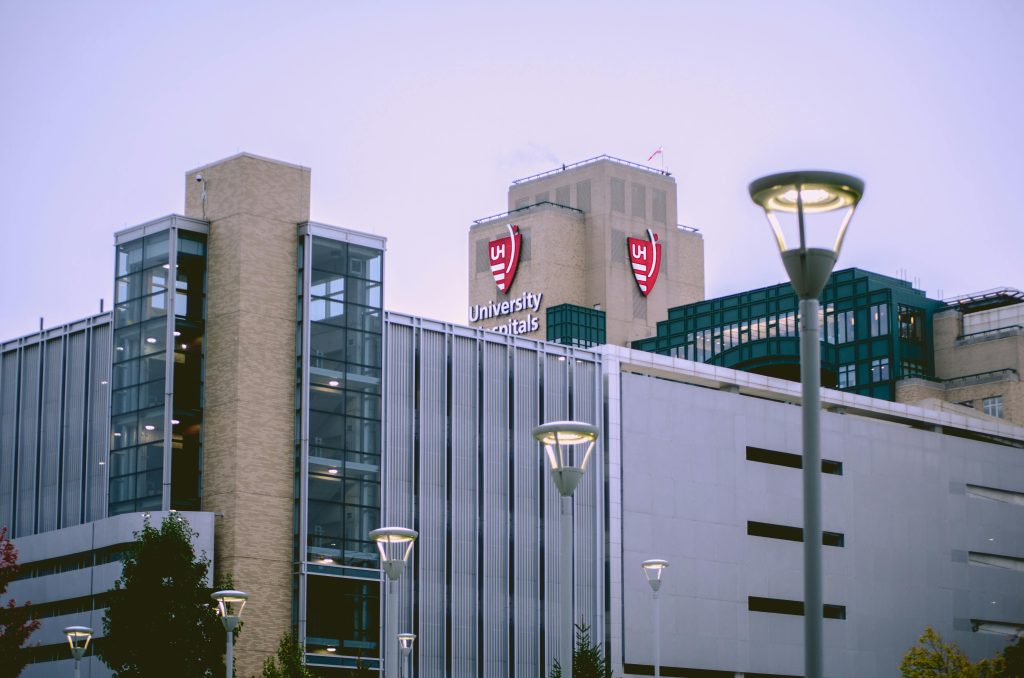In the journey of modern healthcare, medical scans play a critical yet often underappreciated role. Whether it’s identifying internal injuries, detecting tumors, or guiding surgical decisions, diagnostic imaging has revolutionized how doctors in India approach disease management. With the rising demand for early detection and precision-based treatment, the importance of timely and high-quality scans cannot be overstated.
From large corporate hospitals in metro cities to diagnostic labs in tier-2 towns, India’s diagnostic infrastructure has expanded significantly over the past decade. Patients now have easier access to advanced imaging technologies like MRI, CT scans, PET-CT, and high-resolution ultrasound—even in previously underserved regions. As awareness of preventive health grows, medical scans are no longer reserved only for emergencies or hospitalizations; they’re becoming a routine part of checkups, screenings, and wellness assessments.
Common Types of Medical Scans and Their Role in Diagnosis
The world of diagnostic imaging is vast, but each scan serves a specific purpose. Magnetic Resonance Imaging (MRI) is frequently used for brain, spine, and soft tissue evaluations, offering high-definition images without radiation exposure. It is invaluable in diagnosing neurological conditions like multiple sclerosis or stroke, as well as orthopedic issues like ligament tears.
Computed Tomography (CT) scans, on the other hand, are preferred for visualizing bones, lungs, and internal organs in great detail. CT imaging is widely used in trauma cases, cancer detection, and cardiovascular diagnosis. Its speed and accuracy have made it a staple in emergency departments across India.
Ultrasound remains the most affordable and versatile imaging technique, ideal for pregnancy monitoring, abdominal assessments, and soft tissue evaluations. Doppler ultrasounds even help map blood flow, assisting in the diagnosis of vascular disorders and deep vein thrombosis.
Positron Emission Tomography (PET) and hybrid PET-CT scans are more specialized and commonly used in oncology. They help doctors map metabolic activity in tissues, which is crucial for cancer staging and monitoring the effectiveness of treatments like chemotherapy or radiation.
Each scan is chosen based on clinical symptoms, the region of the body involved, and the diagnostic clarity required. Their combined usage enables doctors to confirm diagnoses, track disease progression, plan surgeries, or rule out serious conditions—often within hours.
Cost of Medical Scans in India: What Patients Can Expect
India offers one of the most cost-effective diagnostic imaging services in the world, making it a favored destination for medical tourists. Yet, even within the country, the cost of medical scans varies widely based on the city, the equipment used, and the healthcare provider’s brand.
For instance, a standard MRI scan in a government hospital may cost between ₹1,500 to ₹3,000, while in a private hospital or diagnostic center in cities like Delhi or Mumbai, the same scan could range from ₹5,000 to ₹12,000. A CT scan of the head typically costs between ₹2,500 to ₹6,000, while full-body CT scans can go up to ₹15,000 in premium centers.
PET-CT scans, being highly specialized, are priced higher—often between ₹18,000 to ₹35,000. These are primarily used in oncology cases and are available in select urban centers with nuclear medicine facilities.
Ultrasounds remain the most economical, generally priced between ₹500 to ₹2,000 depending on the type and depth of the scan. Advanced options like 3D/4D fetal ultrasounds or color Doppler studies cost slightly more but remain accessible to most urban patients.
Insurance coverage for scans is another important consideration. While many health policies cover the cost of imaging during hospital admission, outpatient scans often need pre-authorization or partial payment. Some premium health checkup packages also include routine scans, making it easier for patients to access diagnostics without out-of-pocket expenses.
Challenges, Advancements, and the Future of Imaging in India
Despite the growing infrastructure, India still faces several diagnostic challenges. Rural and semi-urban regions lack high-end scanning facilities, leading patients to travel long distances for even basic scans. Equipment downtime, technician shortages, and outdated machines also limit service quality in some public hospitals.
However, technological innovation is slowly bridging these gaps. Portable ultrasound and mobile MRI units are making inroads into remote healthcare. AI-powered imaging analysis is now being tested to help radiologists interpret scans faster and more accurately. Some startups are using cloud platforms to store and share scan results digitally, improving coordination between doctors and patients, especially in second-opinion scenarios.
Tele-radiology is another powerful trend reshaping access. In this model, scans taken in one city are instantly sent to expert radiologists in another, allowing for 24/7 reporting even in remote districts. This has particularly benefited regions in North-East India, Central India, and parts of Kashmir, where radiologists are scarce.
Moreover, government initiatives under the National Digital Health Mission (NDHM) and Ayushman Bharat are expected to further digitize and standardize diagnostics. Once linked to individual health IDs, patients could soon access all their scans and reports on a unified platform—improving care continuity across hospitals and clinics.
In conclusion, medical scans have become the silent heroes of diagnosis in India’s healthcare system. They offer speed, clarity, and accuracy in identifying problems that would otherwise go unnoticed until it’s too late. As infrastructure expands and digital tools evolve, scans will become even more central to preventive, personalized, and affordable healthcare. For patients, early and accurate diagnosis is no longer a luxury—it’s the foundation of timely treatment and better outcomes..

